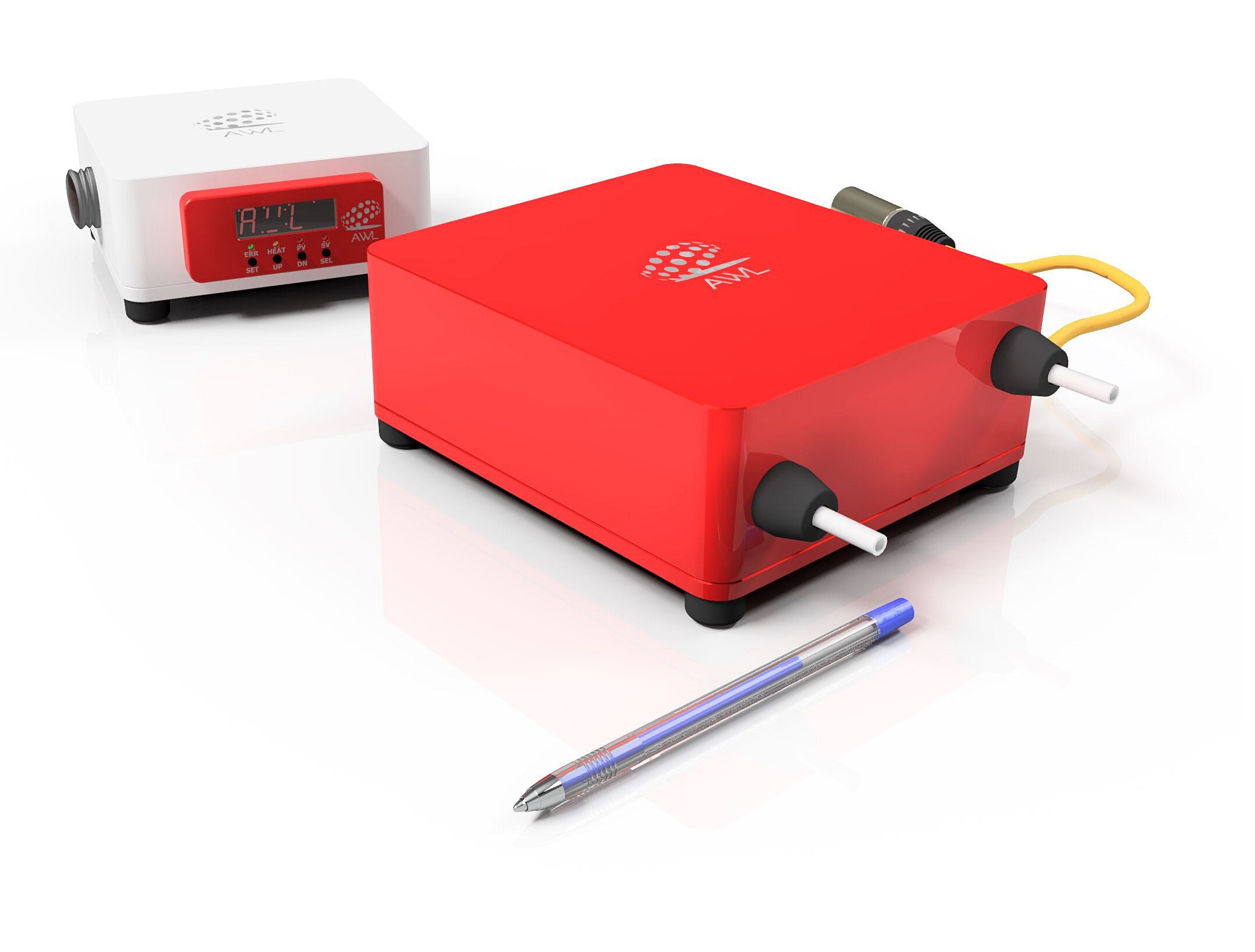
A novel heating technology based on materials commonly used in the aerospace industry soon may be helping doctors, forensic scientists and automobile manufacturers. Alconbury Weston Limited, a science-engineering company based in the United Kingdom, has licensed carbon fiber technology from Purdue Research Foundation to support industries ranging from research institutes to commercial manufacturers.
The C-Core carbon fiber technology was developed at Purdue University through a partnership with the Defense Advanced Research Projects Agency. DARPA is an agency of the U.S. Department of Defense. The initial technology was developed at Purdue by James Zimmerman and Ryan Hilger, scientists in Purdue's College of Science.
C-Core is a super semiconductor that has unique properties to create complete uniform heat without cold spots.
"It's a completely new use of a widely accepted high-tech material as provides an excellent means of providing heat to flowing fluids. It has been re-designed by the AWL team to facilitate mass production and already adopted for many industry sectors," said Alastair Barton, director at AWL. "It facilitates high-quality sample delivery in analytical science, forensics, chemistry, laboratory and research and develop environments, as well as delivering contamination-free medical gases via greener direct heating."
C-Core is based off high-tech material commonly used in aerospace applications, but AWL is one of the first companies in the science-engineering sector to adopt carbon fiber for its unique semi-conductor and uniform heating properties.
"C-Core has special properties that make it ideal for certain technology uses," Barton said. "It also provides flexible, safe, low-voltage and high-output options."
Citation: UK science engineering company ready to take Purdue heating technology to the market (2019, November 26) retrieved 26 November 2019 from https://techxplore.com/news/2019-11-uk-science-company-ready-purdue.html
This document is subject to copyright. Apart from any fair dealing for the purpose of private study or research, no part may be reproduced without the written permission. The content is provided for information purposes only.
